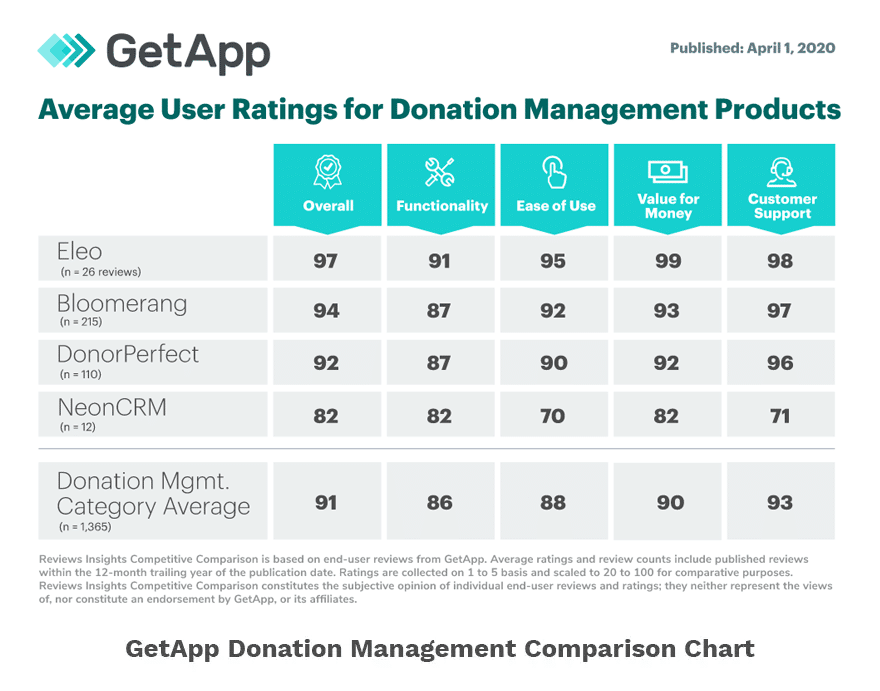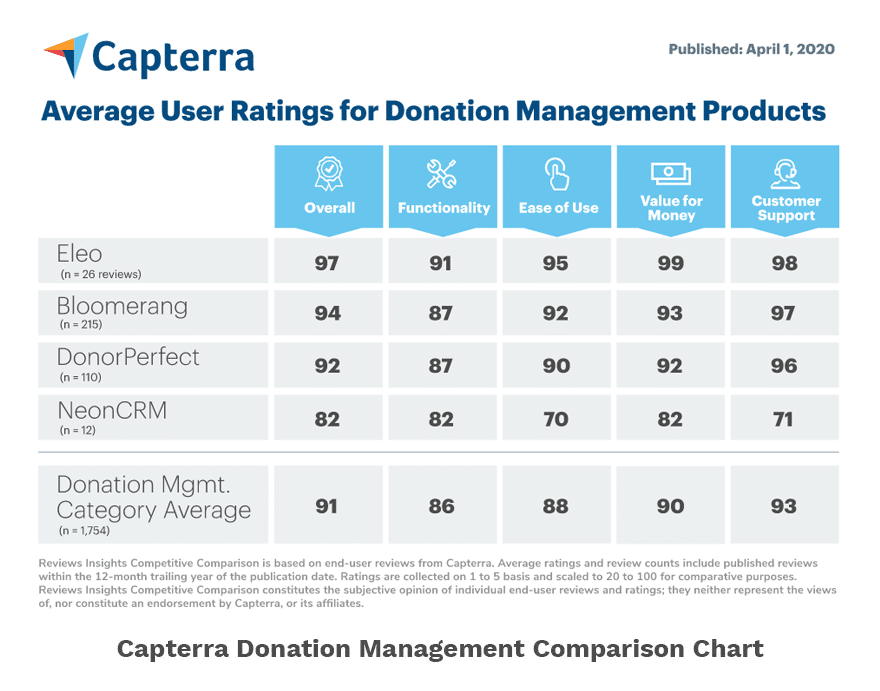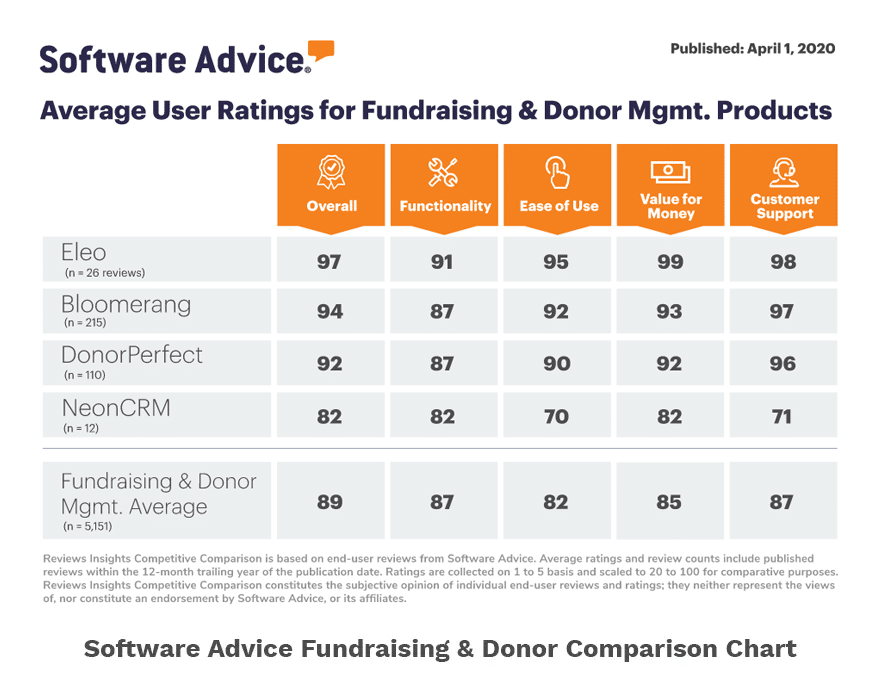
In a previous article, we explained why the annual campaign is the bread and butter of small nonprofit fundraising. The annual campaign feeds the general fund and makes it possible for the organization to function. When managed successfully, it gives you the financial flexibility to do more and make a bigger difference!
Unlike campaigns that focus on a specific event, program, or emergency response, donors who give to the annual campaign are driven by their passion for your mission. They tend to give year after year, ideally increasing their gifts over time.
So how do you get started? How do you make sure your strategy is aligned with your goals? How do you keep your annual campaign top-of-mind throughout the year?
Follow these steps to stay on track!
1) Run Reports on Giving History
Who gave to your nonprofit last year? How much did they give? Are they repeat donors? Have repeat donors increased their gifts? Use your donor analytics and run reports to paint a picture of annual campaign giving.
2) Define Giving Levels and Group Donors
If you haven’t already defined giving levels in your donor database, use the data from the reports we just mentioned to define major gifts, mid-range gifts, and small gifts. Then assign donors to the appropriate level.
3) Set Goals
How much money came from each level of donors last year? How much money do you need from each donor group to function? How much do you need to grow and expand? How many new donors can you realistically expect to give?
Historically, 80 percent of giving to a small nonprofit has come from 20 percent of donors. Today, it’s more like 90/10!
Set realistic, data-based goals for different phases of the annual campaign, not just the end total. Focus on major donors and repeat donors who are responsible for that 90/10 split. Of course, the highest number of gifts comes from small donors, so you want to make all donors feel important.
4) Launch Your Annual Campaign Early
Your annual campaign is a year-long endeavor. Create a plan for consistent engagement throughout the year and start reaching out to donors early. Explain the purpose of the annual campaign, how the funds will be used, and what you need from each donor to reach your goals. Include this information in newsletters, emails, social media posts, and conversations with donors!
5) Focus on Growth
Although the annual campaign will keep the lights on, nobody gets excited about paying the electric bill. Remember, a strong annual campaign helps you avoid sounding like you’re in survival model.
Show donors you’re in building mode! Tell them what programs and services you’ll be able to offer if you hit your goals! When donors understand and believe in your long-term vision, they’ll be more likely to see their gift as an investment in the future.
6) Keep Donors Updated
There’s a reason why everybody checks those thermometers on bulletin boards of small nonprofits. They show progress and motivate people to give!
How much have you raised? Are you on track to reach your goal? How much do you need from each donor to get over the hump? Run reports throughout the year so you can monitor your progress, share specific numbers with your donors, and adjust your messaging accordingly.
The annual campaign is the foundation of small nonprofit fundraising. With the right data, you can set realistic goals and create the right strategy for achieving them! If you’d like to learn how Eleo donor management software can be used to plan and manage your annual campaign strategy, contact us today!





